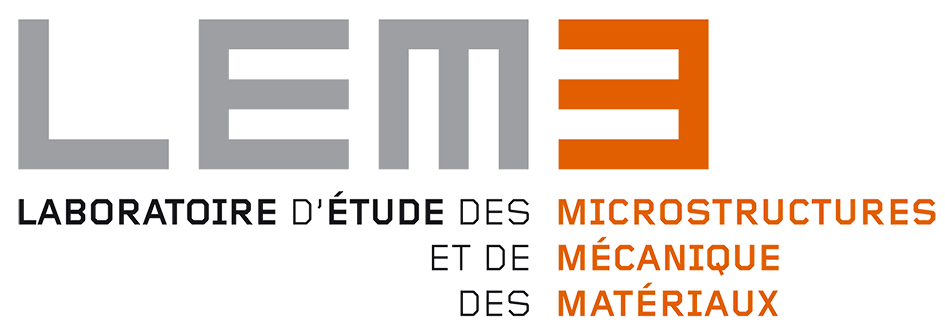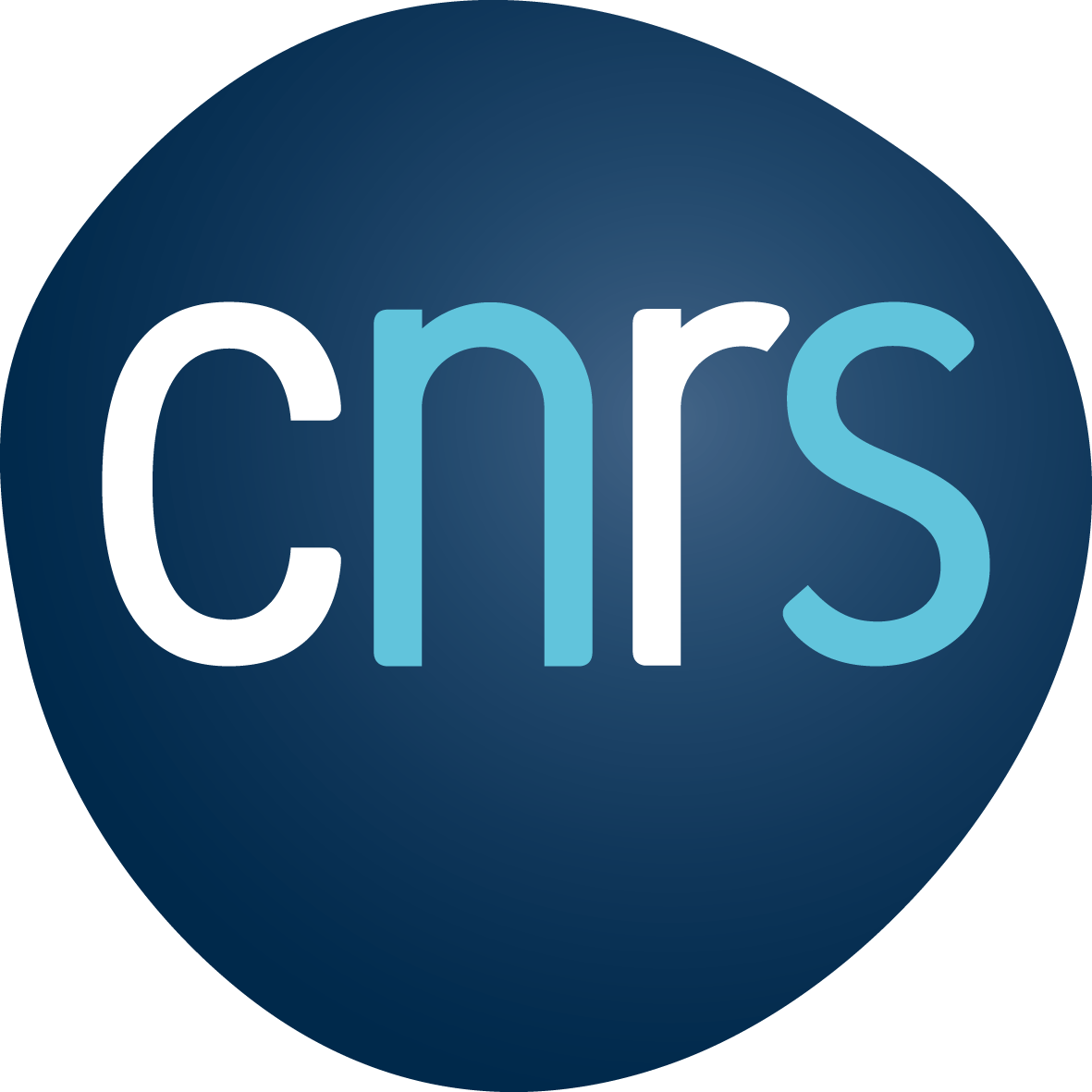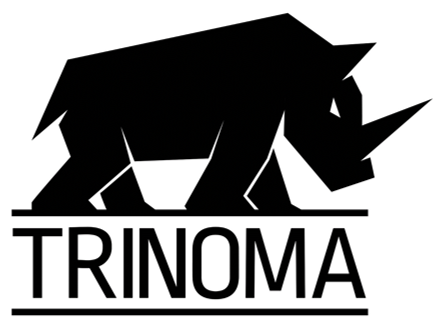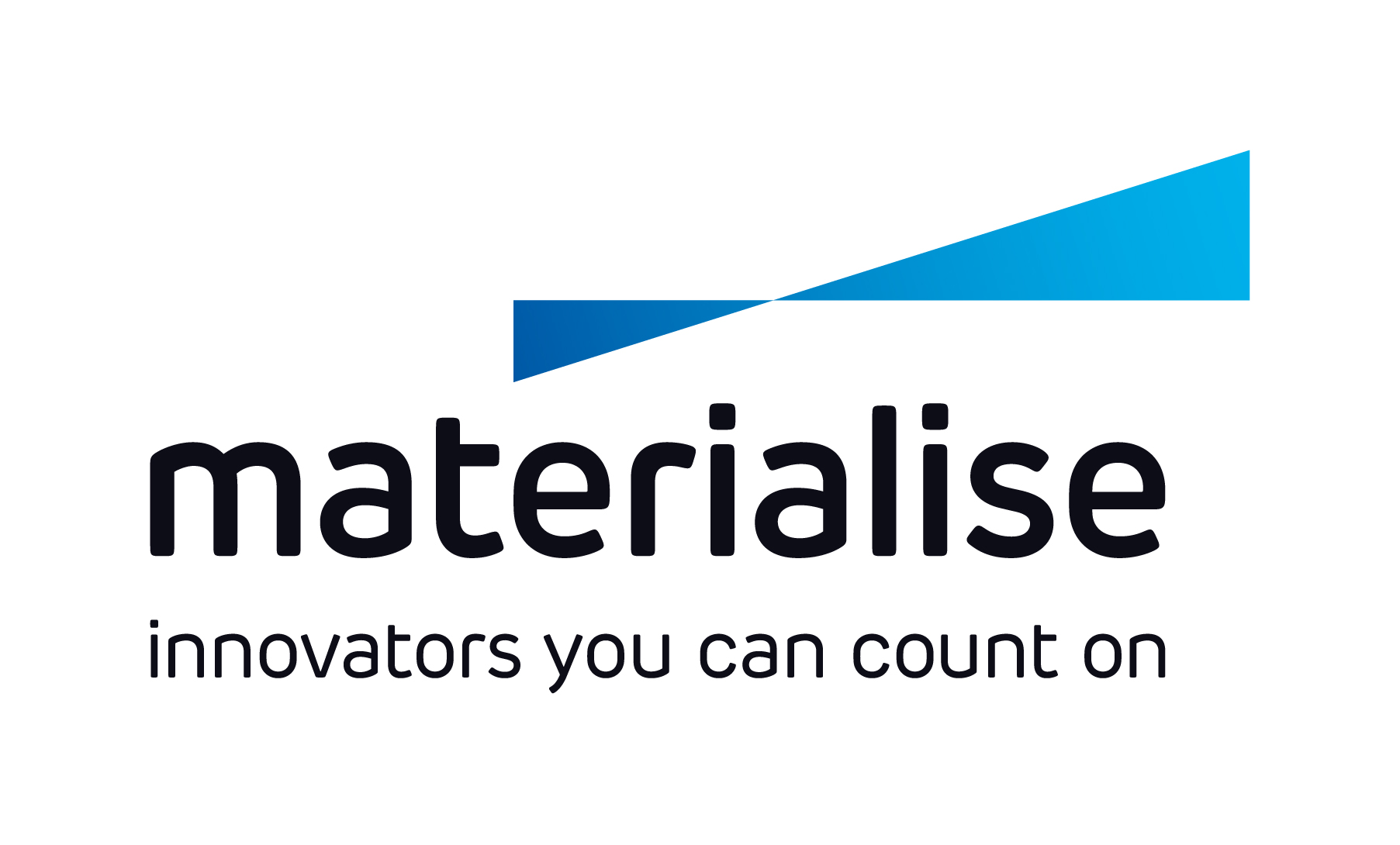Workshop > Trinoma WorkshopMarkerless motion capture & analysis 2.0, hybrid technologies: a turning point in 2020 for biomechanics stakeholders Presenter: Nicolas Long, Trinoma Summary of the conference: Year 2020 represents a real turning point in motion capture technologies with the release of « 2.0 » advanced markerless motion capture technologies capable of offering the same or an even better level of accuracy and reproducibility found in so-called « gold standard » optoelectronic marker-based motion capture systems. While markerless technologies have been around for years with very limited success rates, new technologies leveraging machine learning arose in the research community several years ago, that have now turned into streamlined industrial products, backed by proper validation studies. During this workshop, we will aim at providing more insights into these solutions, using arrays of synchronized calibrated video cameras and deep neural networks to track 3D human motion of multiple subjects consistently and quickly across different environments. It is generally accepted by the research community that 3D analyses of the kinematics and kinetics of dynamic activities are essential for investigating the pathomechanics and etiology of clinical movement disorders, musculoskeletal injuries, and athletic performance. For some time now, researchers in biomechanics have envisioned a new paradigm where accurate data about human movement would provide a basis for diagnosis and treatment of musculoskeletal disorders. The accepted "gold standard" for accurate kinematic and kinetic calculations use an array of infrared cameras recording the 3D location of opto-reflective markers attached to the subject and force platforms recording the ground reaction force. These markers must be placed accurately on anatomical locations by an experienced technician because small errors in marker placement can significantly affect computed joint kinematics and kinetics. Critically, the repeatability and reliability of marker placement is poor. To compound this problem, the experimental protocols are time consuming and often limited to a constrained laboratory environment. Therefore, quite often, marker/sensor-based data collection can never satisfy the requirements for repeatable, reliable, anatomically and functionally meaningful data that can be captured quickly in complex environments. Markerless and/or hybrid motion capture offers solutions to overcome this limitation.
 |














